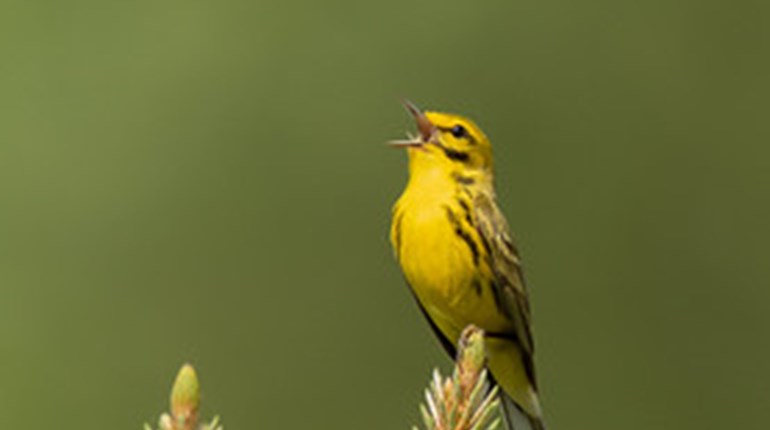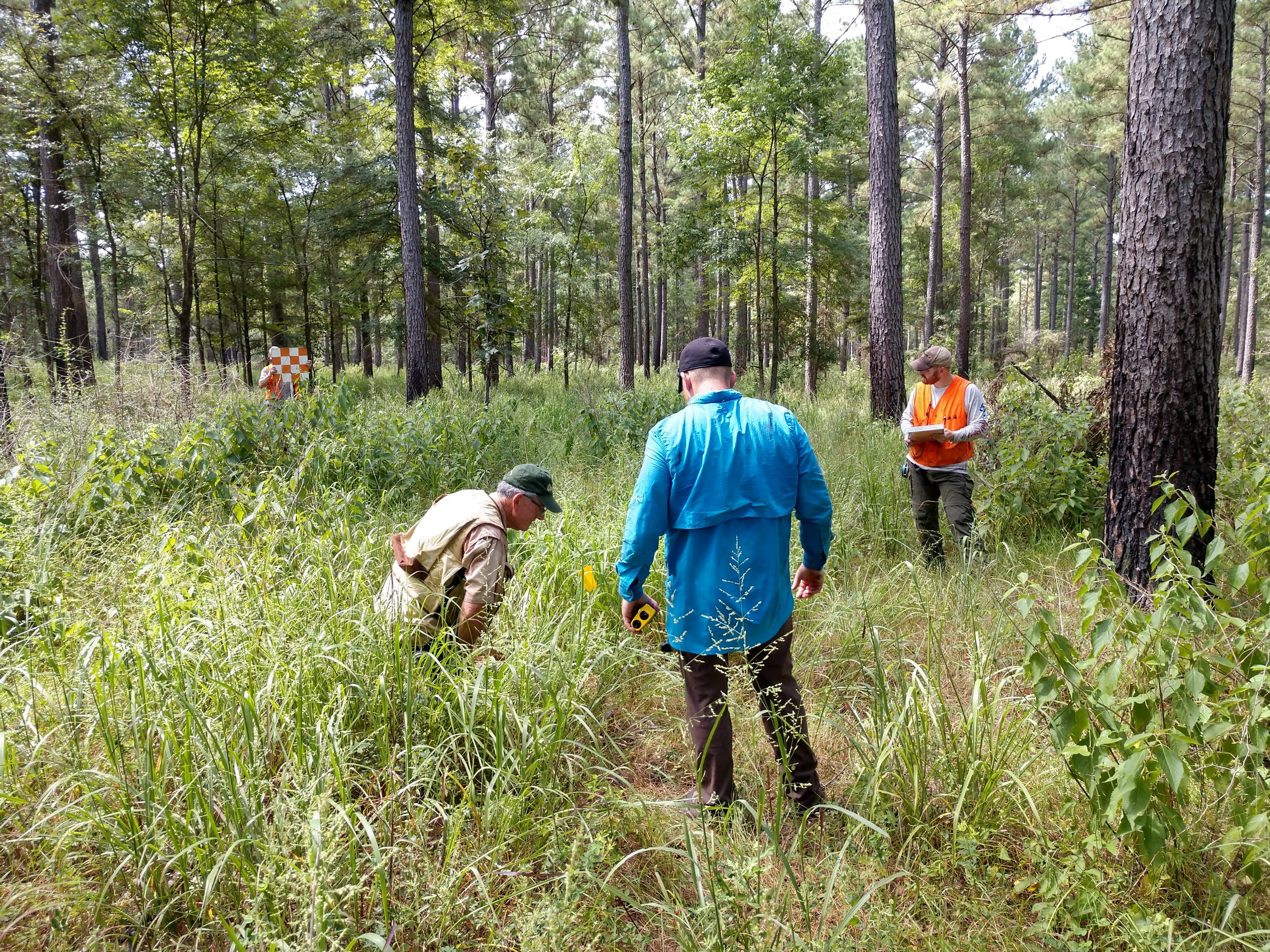The longleaf pine ecosystem is one of the most diverse communities in the world. It reaches its western limit in Texas, with numerous bird species finding the open longleaf woodlands to be ideal habitat. Well-known species like Eastern wild turkey and northern bobwhite reside in longleaf, as do less common species like the red-cockaded woodpecker and Bachman’s sparrow. Diverse understory plant assemblages resulting from an open canopy and frequent fire, along with presence of mature trees capable of hosting cavities are among the important drivers of this diversity. These same factors figure prominently into the importance of longleaf systems to a host of high priority bird species throughout the southeastern U.S.
Since 2014, the Texas Longleaf Implementation Team (TLIT) has supported the restoration of longleaf pine on over 5,000 acres and enhanced and maintained another 25,000 acres. The question is, are TLIT conservation efforts paying dividends for priority bird species?
Which bird species are showing up in newly restored longleaf pine?
Responsible restoration of longleaf pine communities requires the validation of success, or the documentation of failure. In 2018 the TLIT took on the task of verifying whether our restoration practices were achieving desired effects for high priority birds—did the bird species we expect to see show up in the newly restored and managed longleaf pine?
The monitoring plan called for collecting data in the right places and during the appropriate time of year—all guided by expertise from the Lower Mississippi Valley Joint Venture to verify use by priority bird species.
TLIT is working with the Southern Forest Research Station in Nacogdoches to gather data and assess the effectiveness of our longleaf pine restoration on the avian community. Five (5) sites representative of effective conservation treatment (prescribed fire) within longleaf pine habitat were chosen for sampling, along with five (5) nearby areas of similar character, but without recent prescribed fire treatment.
Audio songmeters, an emerging conservation technology
To measure bird use on these sites we employed an emerging technology: audio songmeters that record bird calls at prescribed times each day throughout the breeding season. A total of 10 audio recording units were deployed in southern Angelina and Jasper Counties, Texas in 2019.
Though the results are preliminary and the songmeters are out for a second season recording as you read this, initial results are promising. Restored longleaf pine attracted priority bird species, with 48 species of birds typical of quality pine savannah habitat found in treatment areas. All the important species anticipated to occur due to the habitat improvement were found. Both Eastern wild turkey and northern bobwhite were recorded as were the endangered red-cockaded woodpecker and the uncommon brown-headed nuthatch and Bachman’s sparrow. Perhaps the best news in all this is that TLIT is poised to have a more solid understanding of our impacts on a key indicator of system health and integrity. The birds are letting us know, and we’re listening!

